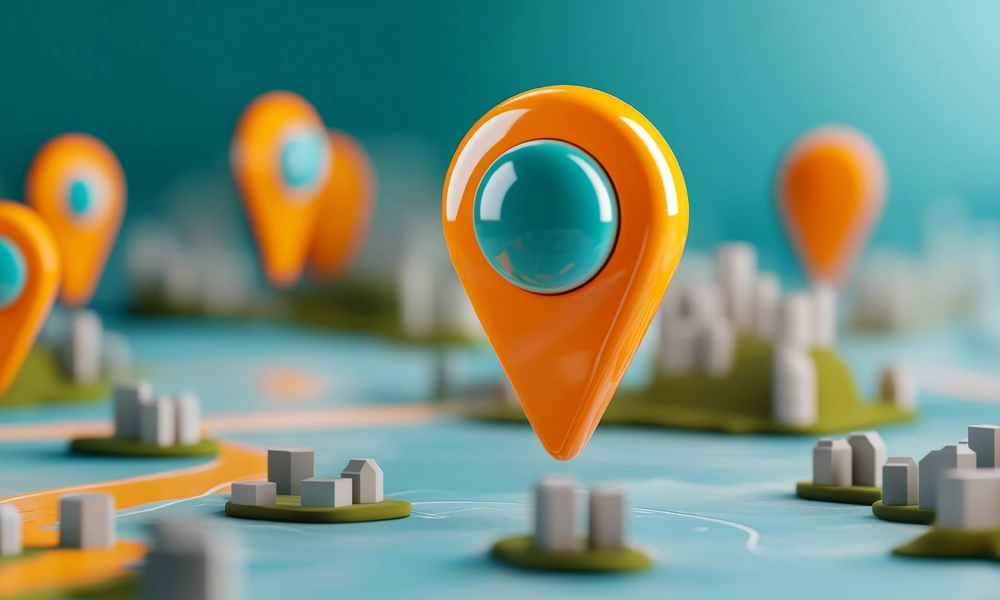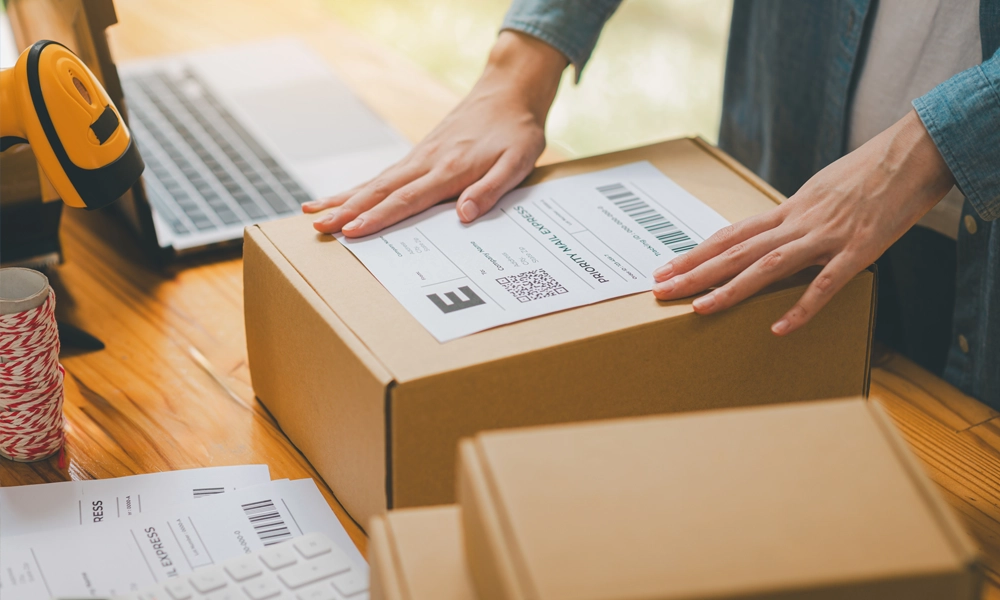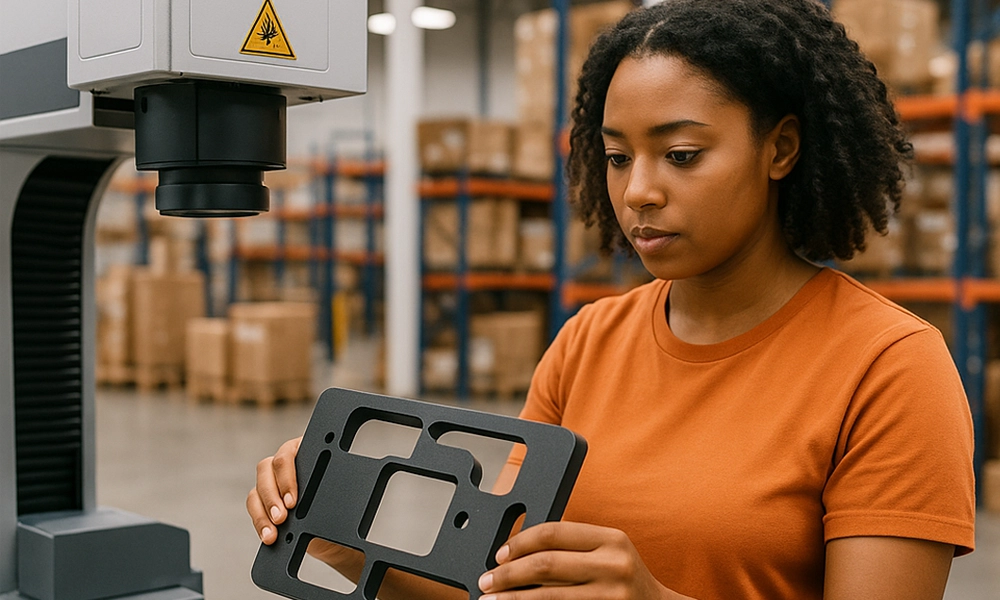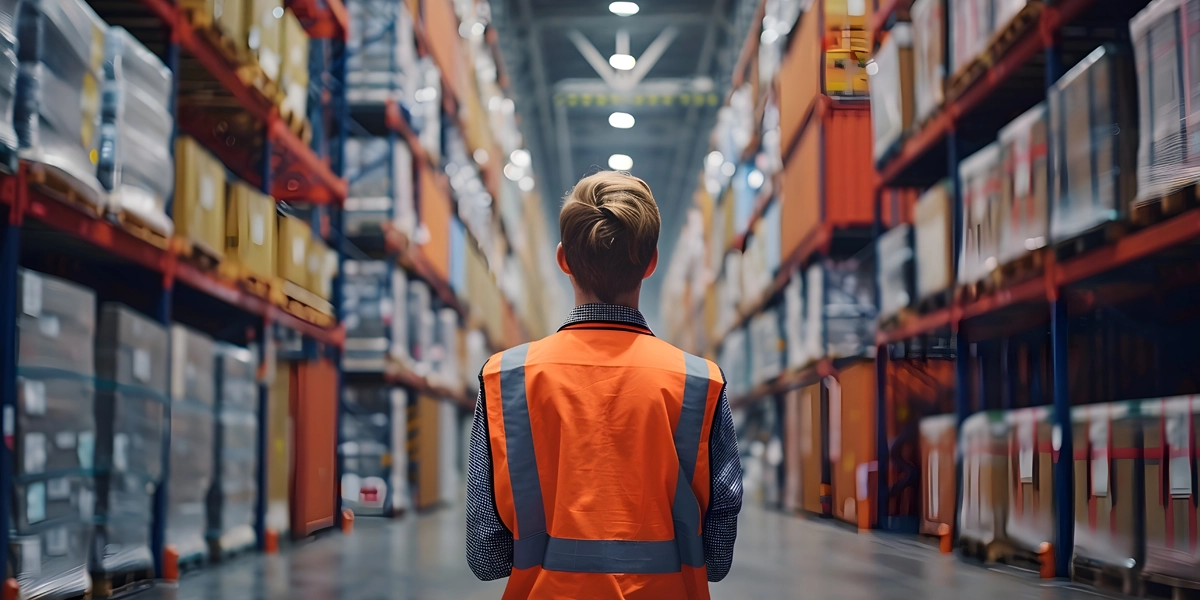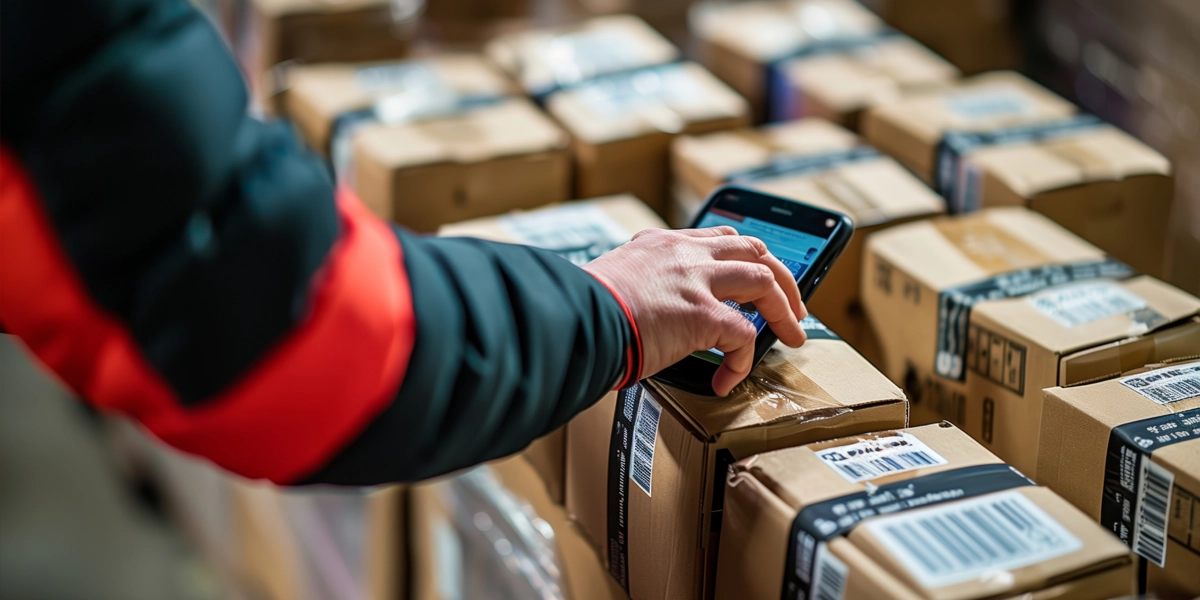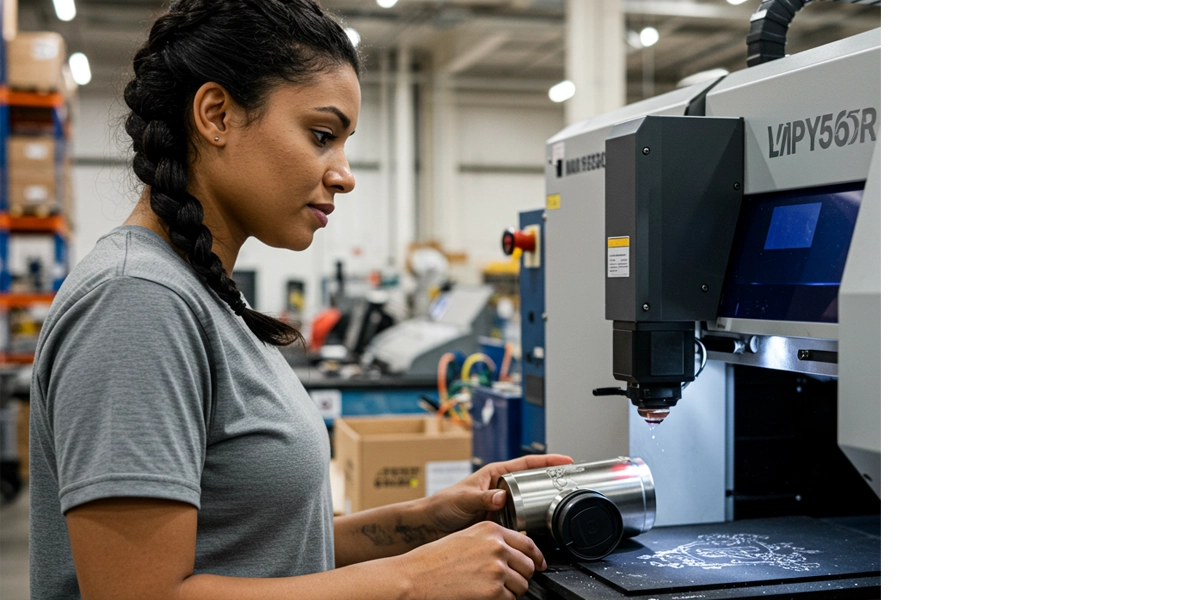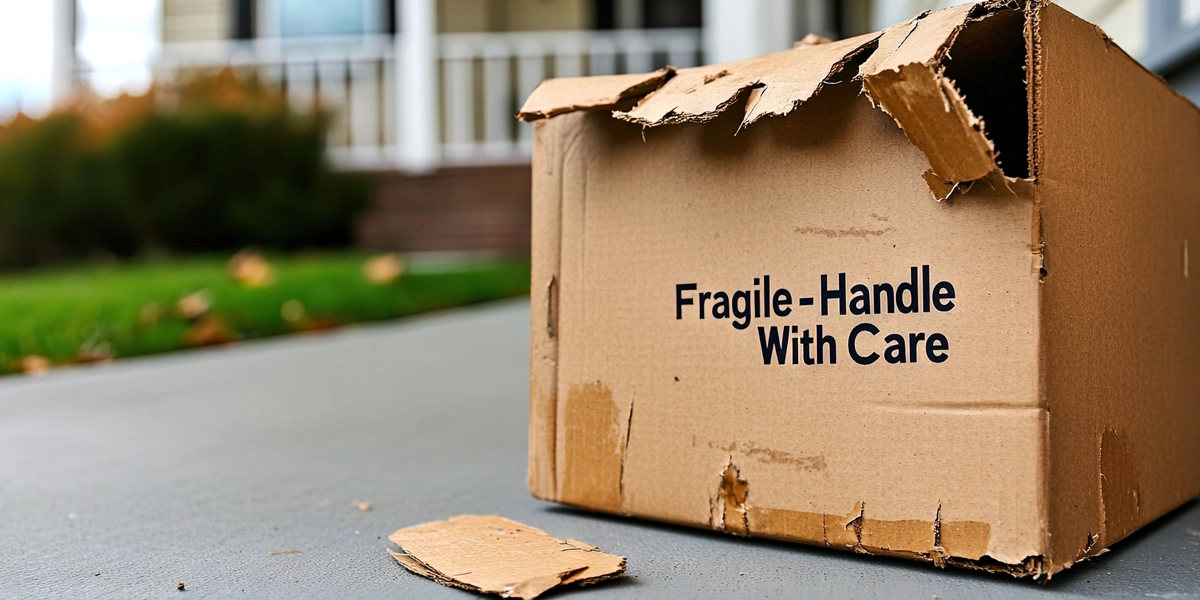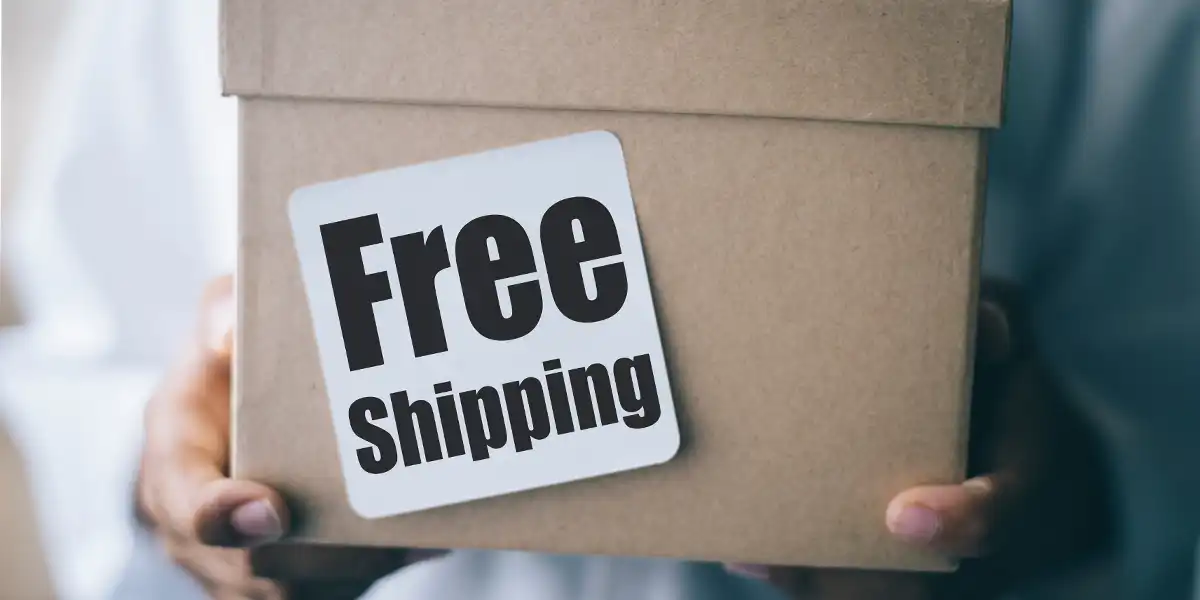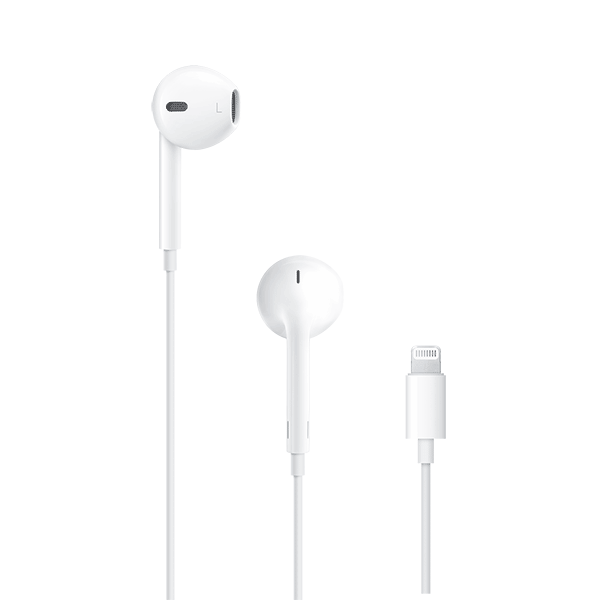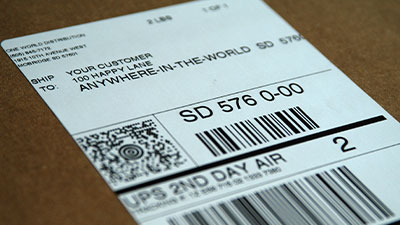In This Article:
Amid COVID-19 chaos, manufacturers and consumers alike are aware that we’re facing a “new normal.” Although with rapid shifts in spending, shopping, and shelter-in-place orders, what that means changes from day to day. One thing is clear. The e-commerce industry boom is here to stay.
In February, online orders were up 108% over the previous year, driven by stockpiling and impulse purchasing, encountering empty shelves at brick-and-mortar stores, and a desire to avoid germs. When online shopping “reached critical mass in mid-March,” according to market research firm Nielsen, at least a quarter of consumers said they intended to shop online more frequently. Once converted — health crisis or not — those online shoppers will continue to fuel a growth in e-commerce.
Retailers and manufacturers who have had success in the past predicting and meeting demand are suddenly struggling in an unpredictable situation with a level of online orders never before seen. Brands that are already working around the clock to keep up with e-commerce orders will need to not only keep an eye on market trends, but also ensure their supply chain partners can get products into their customers’ hands as quickly as possible.
Shifts in Shopping
Consumer stockpiling sparked record-high e-commerce sales in mid-March, with cleaning supplies, toilet paper, hand sanitizer, and other health-and-fitness products leading sales.
By the time April rolled around, the stark division in consumer spending — and consumer behavior — was evident. Travel, in-person entertainment, and brick-and-mortar apparel shopping took a dive, while spending on grocery and food delivery, gaming and video streaming, and general e-commerce exploded.
As mindsets have shifted from stocking up to staying in place, new e-commerce categories are booming — specifically comforts like baking mixes (up 489% over last year alone), chocolate and other confections, and beauty products like hair color, nail polish, and lotion.
It seems to be an update on what former Estee Lauder chairman Leonard Lauder dubbed the “lipstick index.” After the early-2000s dot-com bubble burst, taking the economy down with it, Lauder had noticed that consumers were still investing their disposable dollars into small luxuries like — you guessed it — lipstick.
Keeping up with Shifts
Those beauty buys might prove to be an outlier: According to Business Insider, sellers have seen sales of non-essential goods dip 40 to 60 percent on Amazon. In mid-March research firm Digital Commerce 360 found 42 percent of retailers were concerned about consumer confidence as millions of Americans lost their jobs and record numbers filed for unemployment.
There are still plenty of opportunities for retailers and manufacturers. As shoppers look to balance needs and wants with the desire to save, how can you stand out and keep your sales and order fulfillment stable?
1. Let customers get to know you
Maintain an active presence on social media, but keep in mind what your branding and marketing say about you. Having a distinct voice, look, and personality can help you stand out from the pack and develop customer loyalty. Especially if that brand personality fits in with your customers’ self-image. E-commerce, direct-to-consumer companies like Casper and Tuft & Needle (mattresses), Sill and Bloomscape (houseplants), and Ritual and Moon Juice (supplements) all offer streamlined, quirky branding aimed squarely at Millennial shoppers looking to connect with the brands they’re supporting.
Once that loyalty is established, brands have more wiggle room to speak plainly to their base. Guinness, Budweiser, McDonald’s and IBM have all run ads acknowledging the COVID-19 crisis and reassuring customers that they’re not alone. Some smaller brands have even used their ad buys to directly ask for help staying in business and keeping their employees paid, a tactic that aligns with Millennial consumers’ strong preference for ethical, mission-driven brands.
Maintain e-commerce sales and drive more traffic to your site with ads that can suit a variety of budgets: Google ads appear in response to keyword searches; Microsoft advertising provides access to the second-largest search engine; and Facebook ads allow you to target interested demographics.
You’re competing with thousands of products and endless Google search results. When it comes to attracting new customers to your site, SEO and keyword strategies are crucial. Understanding your customer base and what they’re looking for is the first step. Knowing who your target is cuts down on wasteful ad spending, irrelevant site content, and muddy messaging.
2. Offer a great online experience
Speaking of your site, boosting your e-commerce offerings better positions you to weather the current storm and emerge as a dependable seller. So make sure you’re offering customers a stellar, simple, easy-to-navigate experience, whether they’re shopping on a desktop computer or a smartphone.
While mobile traffic has dipped as more people have stayed home, it remains a significant source of traffic and will no doubt rebound as we eventually emerge from under the pandemic. Plan accordingly. A mobile-friendly website is not just a scaled-down version of the desktop site. Loading speeds can cause shoppers to lose patience and click away, as can hassles with entering shipping and billing information at checkout. Seventy-eight percent of mobile-site shoppers prefer to pay with some type of mobile wallet like PayPal or Google Pay, so providing a payment alternative removes one more obstacle to completing a mobile purchase.
Your site is the front door to the entire supply chain. Make sure that the shopping cart platform you use, such as Shopify, can handle the increased demand with seamless payment processing, inventory tracking, and tax calculations. You can even offer pre-order buttons or backorder notices to keep customers informed and engaged.
And stay in touch. If a customer abandons their cart, it’s easy to automatically trigger an email inviting them to return and complete their purchase.
3. Stay nimble
Now might not feel like the greatest time to offer luxury bags, but consumers handle crises differently. One person’s non-essential splurge might be another’s very essential pick-me-up or self-care method. Nevertheless, consider diversifying products and selling items related to your current offerings. Is bedding your big seller? Why not expand into curtains, towels, and bathmats? How about air fresheners and candles? You can rely on your social media and web presence to help customers envision a fully outfitted bedroom.
Sellers can also diversify the online sales channels they use — i.e., multi-channel retailing — which meets customers wherever they are and builds resilience if one channel proves less advantageous. That might mean, for instance, selling through Shopify on your own site in addition to offering products through social media (one of Gen Z’s favorite spots), eBay, and the Amazon Marketplace. Omni-channel retailing refers to sellers who have both a physical and digital presence. Staying nimble can include selling through marketplaces or dropshipping.
4. Manage inventory
Once you’ve attracted new customers and provided an excellent e-commerce experience, make sure to keep an eye on market trends and inventory to avoid overstocking or — more often the case these days — overselling and not being able to meet demand. A partner with diverse capabilities, from providing warehouse space to order fulfilment and e-commerce platform integration, can do it for you, helping you scale up and alleviating some of the pressure in our new normal.
Properly managing your inventory distribution means you know the status of your products, those products can rapidly reach your customers, and your ecommerce business remains competitive. An inventory management system keeps that information centralized and running smoothly, minimizing costs and headaches, no matter the size of your business.
If you want to talk about how can you stand out and keep your sales and order fulfillment stable, you can call us at 1-866-289-9010 or email us at sales (at) owd (dot) com.
In This Article:
Subscribe to our Newsletter
Tincidunt urna mauris eu quam vulputate lobortis sit. Purus feugiat arcu nunc quisque massa ut.




